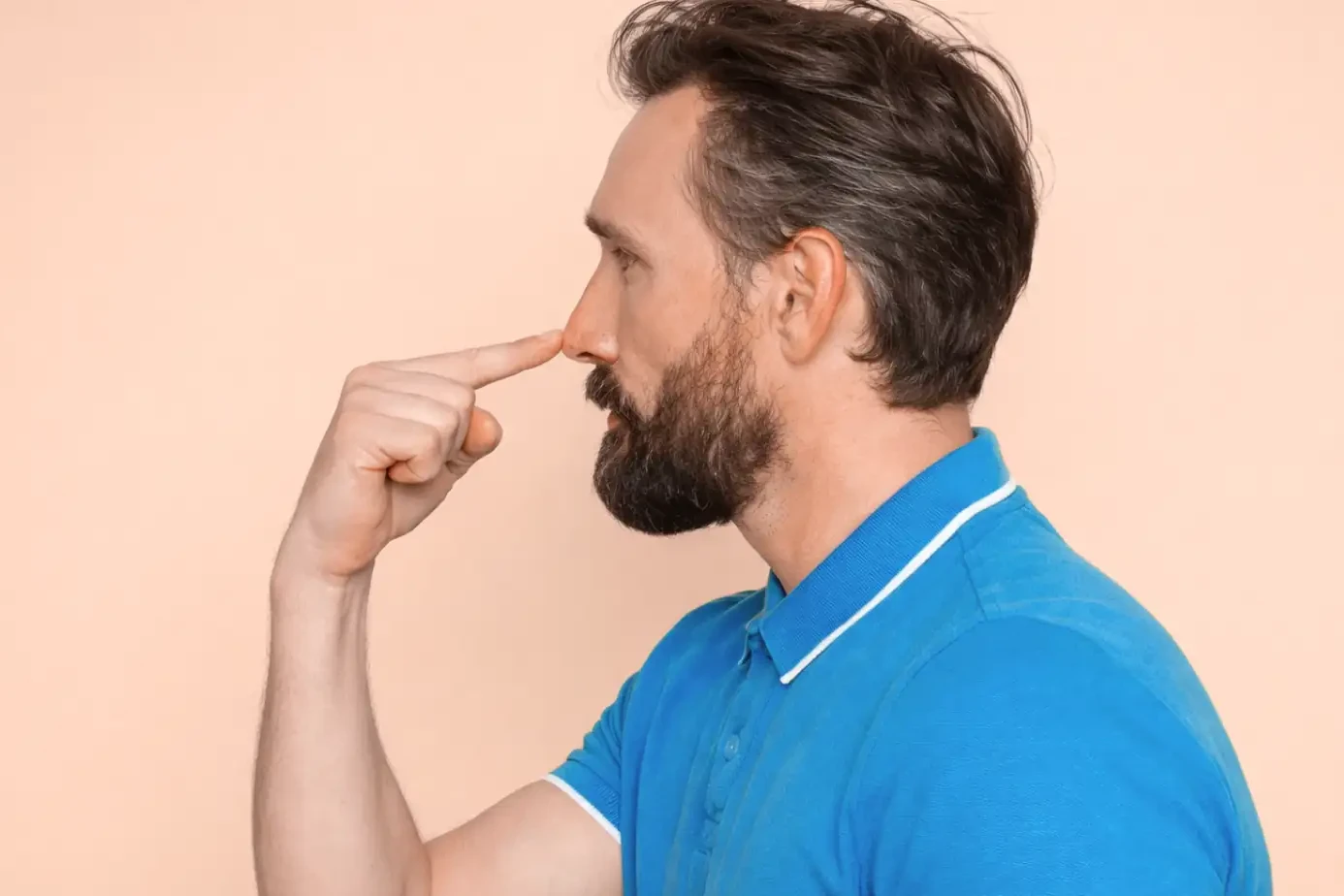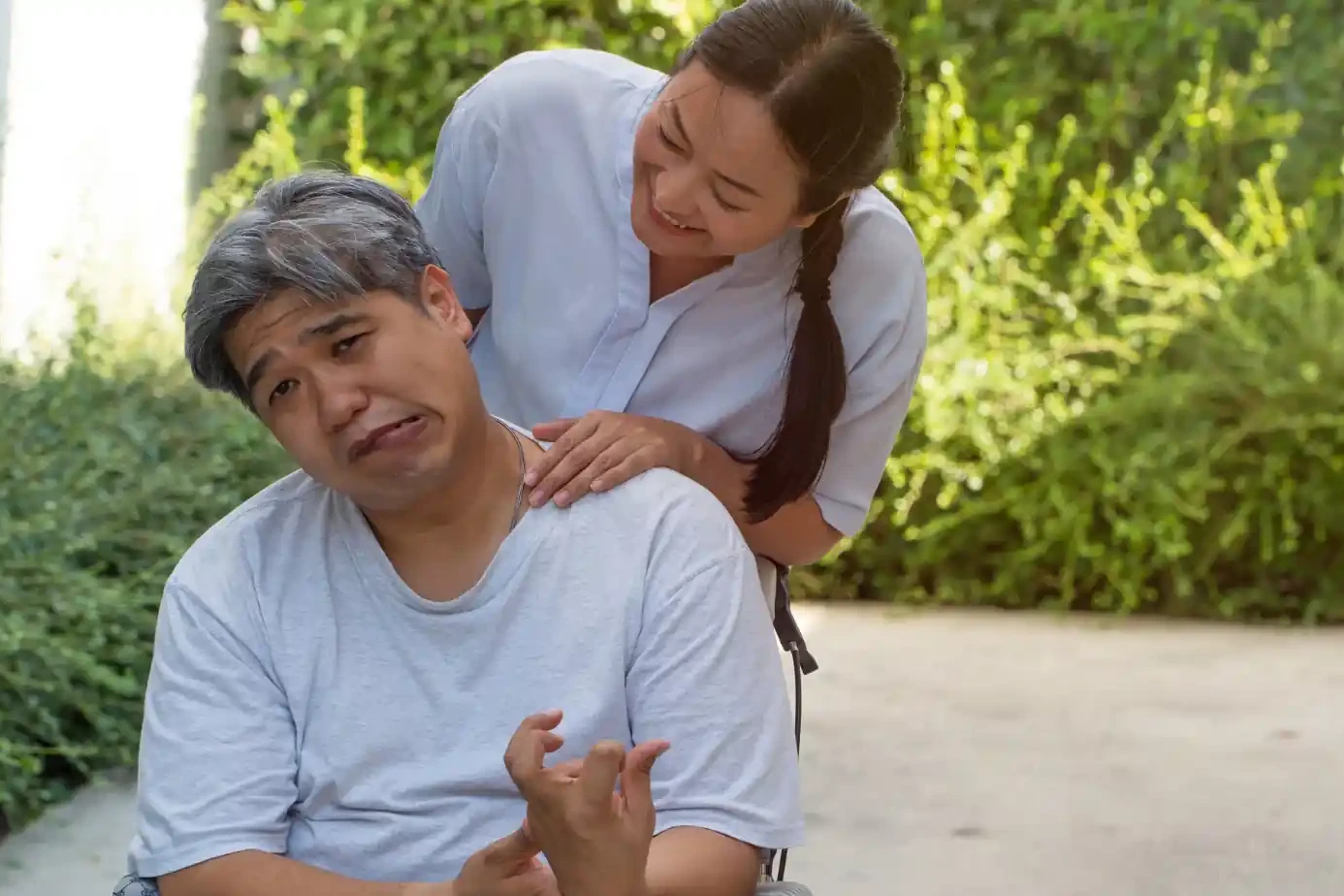Who Is The Real “Hero” Of Stroke Care?
We know more about our clothes and cars than we know about our health and body. It is astonishing that we spend more time to research about which laptop to buy, but when it comes to our own health most of us take a passive approach. This deficiency of knowledge is even more evident when it comes to dealing with emergencies. “Ït is too late now, I am sorry!” Unfortunately, we have heard this line more often in the real-life than in films.
The question arises, what can we do to change this? How do we tackle this deficiency? Dr Chandril Chugh, Senior Consultant, and Head, Interventional Neurology, explains this with an example.
We had a 70-year-old female brought to the emergency room by her granddaughter for confusion and difficulty walking due to weakness on the right side. The granddaughter was sure that the symptoms had started right after breakfast. It took them 45 minutes to drive, so they were in the hospital within the first hour of the symptoms. The patient was evaluated and head imaging was done which showed occlusion of the left middle cerebral artery (largest blood supply to the brain).
An Interventional Neurologist intervention was necessary, who recommended Mechanical Thrombectomy. The patient underwent the procedure successfully and was discharged without any deficits. The entire family was happy and satisfied with the treatment. Now my question is: who deserves the credit for this good outcome- The Interventional Neurologist, Neurologist or the emergency physician? I personally believe that the “Hero” of this scenario is neither of the above but, the granddaughter. If she had not recognized the symptoms and brought her grandmother to the hospital in time, then we would not have been able to achieve what we did. She was aware of the stroke symptoms and took the right decision of coming to the hospital. When it comes to dealing with emergencies like Stroke or Brain attack, information and knowledge are life-saving.
Below mentioned are the important aspects of stroke diagnosis and care.
How do you recognize a stroke?
STROKE: REMEMBER THE 6 S METHOD TO DIAGNOSE STROKE
- SUDDEN (symptoms usually start suddenly)
- SLURRED SPEECH ( speech is not clear, as if drunk)
- SIDE WEAK ( face, arm or leg or all three can get weak)
- SPINNING (Vertigo)
- SEVERE HEADACHE
- SECONDS (note the time when the symptoms start and rush to the hospital)
Can stroke be really serious?
If I were to say stroke is really bad, you will probably not believe me. Luckily, some studies have made my job easier. According to a study done by researchers in 2006 in the USA, a patient with ischemic stroke loses 190,00,00 brain cells every minute, about 14000,000,000 nerve connections are destroyed every minute and 12 km (7.5 miles) of nerve fibres are lost every minute. The end result is the patient gets paralyzed for life and becomes dependent. That’s pretty scary!!!
Is there a treatment available for stroke?
Yes. The Stroke treatment depends on which kind of stroke the patient has. Up to 85 % of all strokes are ischemic (blocked blood vessel). For ischemic brain attack, there is an option of intravenous medication called tPA (recombinant tissue plasminogen activator) available which can be given to the patient within the first 3 to 4.5 hours of the symptom onset. The patients who have a blockage in a large blood vessel can be offered a procedure called mechanical thrombectomy, which involves removing the blockage in the blood vessel and restoring the blood supply. This procedure is done through a small nick in the groin and there is no open surgery involved. Recent trials have shown that patients do exceedingly well post mechanical thrombectomy and have a greater chance to live life independently.
Till what time can you do mechanical thrombectomy?
Mechanical Thrombectomy can now be offered up to 24 hours from the onset of the symptoms but, sooner it’s done better the patient does.
What is the single most important factor in stroke care?
The most important part of stroke care is not the doctor or the hospital, it’s the patient! As most of the strokes are painless, patients tend to ignore their symptoms and hence delay the treatment. If the patient and the family are aware of stroke symptoms they can reach the hospital in time and can get treated.
Originally Published On Max Health Care – Who Is The Real “Hero” Of Stroke Care
Also Read:
About The Author

This article is medically reviewed by Dr. Chandril Chugh, Board-Certified Neurologist, providing expert insights and reliable health information.
Dr. Chandril Chugh is a U.S.-trained neurologist with over a decade of experience. Known for his compassionate care, he specializes in treating neurological conditions such as migraines, epilepsy, and Parkinson’s disease. Dr. Chugh is highly regarded for his patient-centered approach and dedication to providing personalized care.
→ Book a consultation to discover which remedies suit your needs best.




